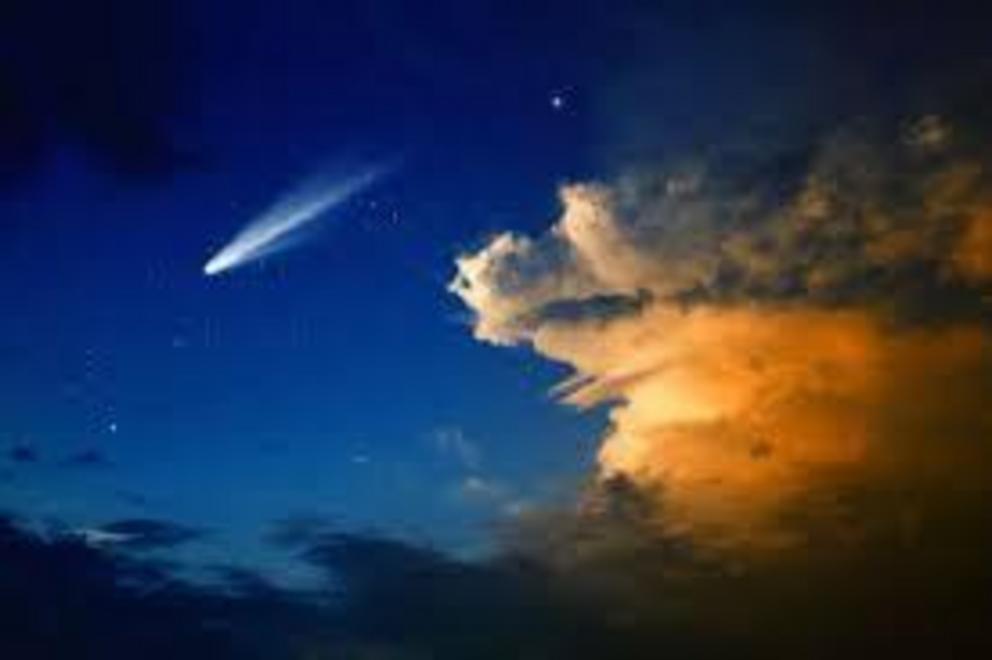Comet NEOWISE is visible right now, and it won't be back for almost 7,000 years
The human experience of comets is a fleeting phenomenon at best. The dark night sky can reward those gazing upwards with a spectacular vision of these far-travelling objects, but it's a view that lasts only weeks or months, before these icy bodies continue on their journeys.
On 27 March this year, NASA's space telescope, Near-Earth Object Wide-field Infrared Survey Explorer (NEOWISE) discovered such a visitor.
And C/2020 F3 (NEOWISE) – nicknamed Comet NEOWISE, has been quite the beauty.
Since early June, NEOWISE has been wowing stargazers with its long tail and highly condensed core.
"From its infrared signature, we can tell that it is about 5 kilometres [3 miles] across, and by combining the infrared data with visible-light images, we can tell that the comet's nucleus is covered with sooty, dark particles left over from its formation near the birth of our Solar System 4.6 billion years ago," says NEOWISE deputy principal investigator Joseph Masiero from NASA's Jet Propulsion Laboratory in Southern California.
This isn't like a shooting star, quickly flicking across the sky in a blaze of glory as it explodes in Earth's atmosphere. Comet NEOWISE is still incredibly far away from us (over 100 million kilometres) in fact, and the brightness is caused by the particles and gases around the comet being lit up by the Sun as it makes its spectacular flyby.
On 3 July it reached its perihelion (the closest point to the Sun in its orbit), and has now started its slow and long journey back to the outer regions of the Solar System.
But that doesn't mean you've missed out if you're only learning about this amazing spectacle now.
Comet NEOWISE has started moving away from the Sun, but it's now on its way towards Earth, with its closest approach taking place on 22 July. In the Northern Hemisphere, we've mostly missed the morning view of the comet, but in the next week or so (14-19 July) the comet will be visible with the naked eye (but best seen with a small telescope or even binoculars) about an hour and a half after sunset.
Where you should look in the night sky depends on where you're located, and we recommend starting with EarthSky, especially for those in North America.
Then, in August, like ships in the night, Comet NEOWISE and Earth will part ways, as the icy traveller continues its orbit back into the outer Solar System.
The next time we'll see Comet NEOWISE will be in an incredible 6,800 years' time.
We wonder what the comet will see next time it passes.
For the rest of this article please go to source link below.

